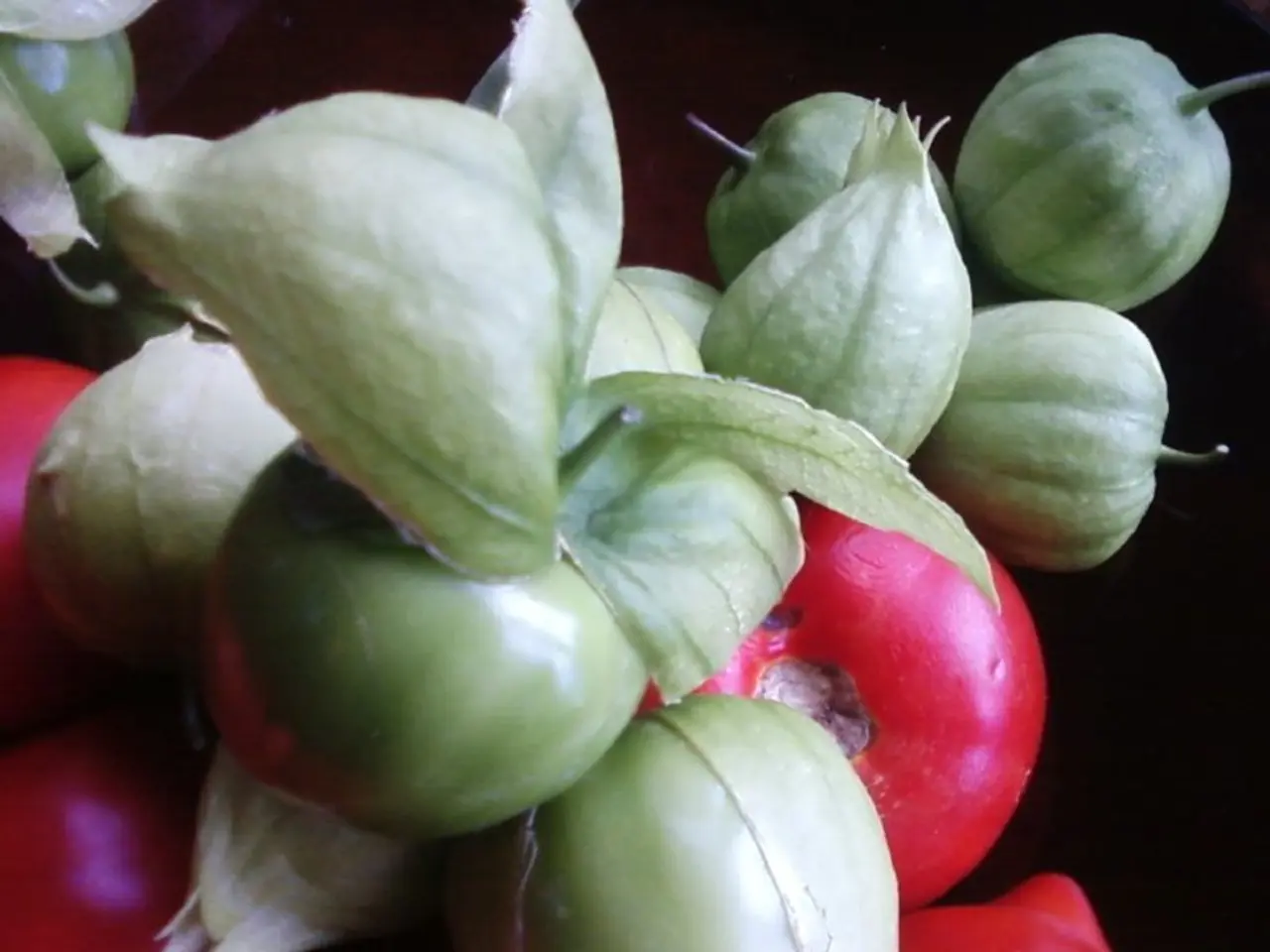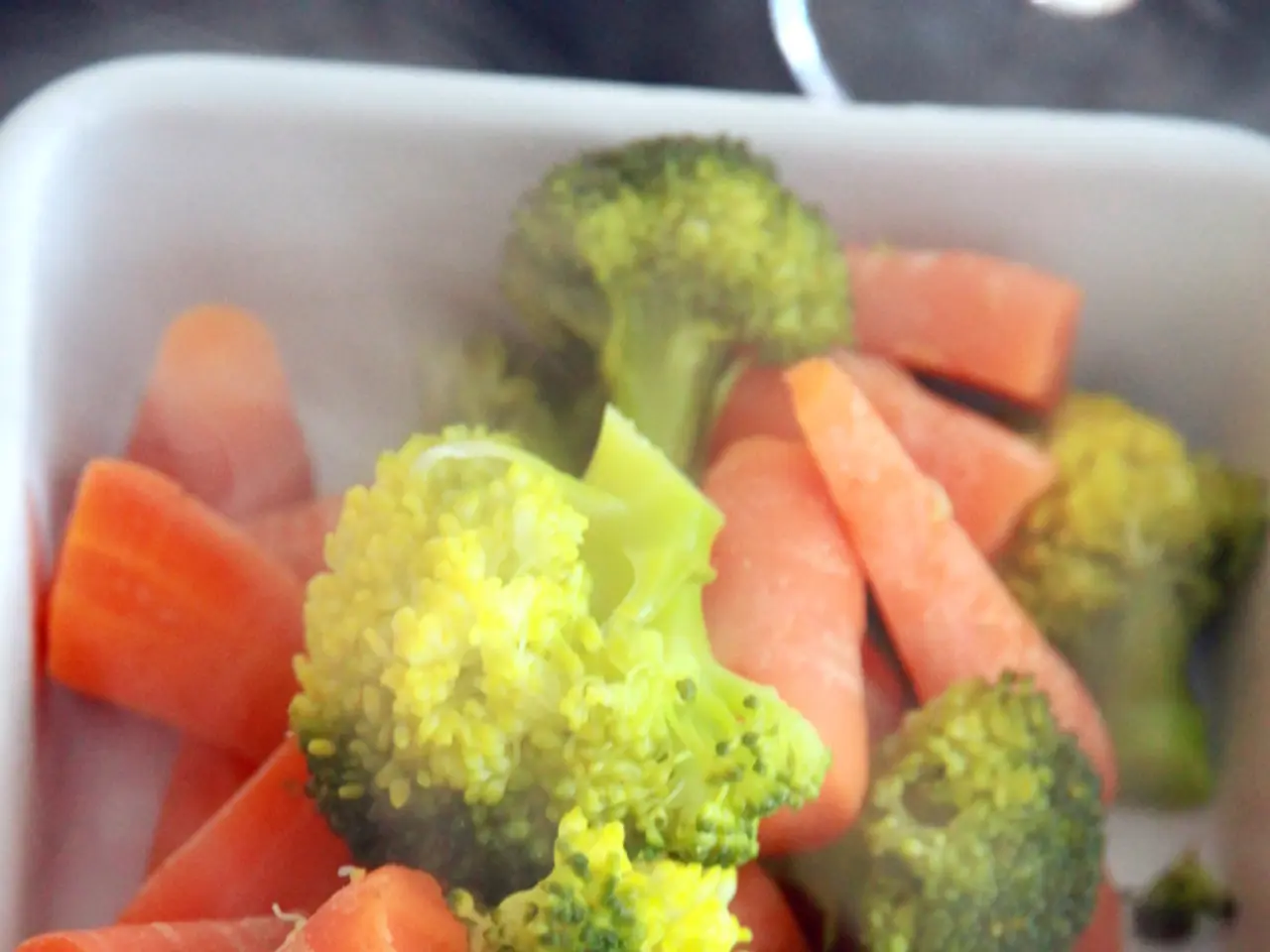Harvest edible plants in September
As the autumn leaves begin to fall and the days grow shorter, gardeners are busy preparing their gardens for the winter months ahead. Here's a guide on preserving shelling beans and a few tips on preparing maincrop potatoes for storage, as well as some advice on extending the growing season for certain vegetables.
Shelling beans, such as 'Blue Lake' and 'Cherokee Trail of Tears', can be left to mature for dried beans. To preserve them, pick the dry, brown pods when they rattle inside, usually late summer to early autumn. After harvesting, lay the pods in the sun or hang them in a well-ventilated, dry place to ensure they dry completely and any moisture evaporates. This further drying helps prevent mold and spoilage during storage. Once fully dry, shell the beans by removing them from their pods, and spread them out to finish drying if there’s any residual moisture. Store the dried beans in airtight containers such as glass jars or sealed food-grade containers, keeping them in a cool, dry, and dark location to maintain bean quality and prevent pests or moisture intrusion. Properly stored dried beans can last through the winter for use in soups, stews, or other meals.
Maincrop potatoes are lifted in September, as they are fully developed and a large harvest can be expected. To store them, allow the potatoes to dry in the sun for an hour or two before storing them in double hessian sacks. It's essential to keep them in a cool, dark, and well-ventilated place to prevent them from rotting.
For those who want to extend the growing season, there are a few options. Broad beans 'Aquadulce Claudia' can be sown for overwintering as seedlings and planted outside in February for a harvest by the end of May. A one-metre square raised bed divided into nine equal sections can be used for a winter salad patch, with different winter-hardy salad ingredients sown in each section. Saving tomato seeds is a fun and cost-effective method. Tomato seeds can be easily saved by scooping the seeds from a ripe tomato, spreading them onto kitchen towel, letting them dry, and planting them in spring.
Mulching is recommended for protecting the soil from winter weather, with a thick layer (5-10 centimetres) providing protection from rain, frost, wind, and other elements until spring. Mulches can be sourced from compost bins.
As the current season delivers an abundance of fresh food, the final flourish of the season results in basketfuls of vegetables to be collected and stored for winter. The practice of mulching helps keep the soil safe during winter, and next season is starting with the first early crops ready to be sown. Following these tips and techniques will ensure a plentiful supply of homegrown produce throughout the winter months.
In the late summer to early autumn, cultivate 'Blue Lake' and 'Cherokee Trail of Tears' beans for dried beans by allowing pods to mature and rattling inside. After harvesting and drying, store them in airtight containers for winter use.
Maincrop potatoes, harvested in September, can be stored by allowing them to dry and placing them in double hessian sacks in a cool, dark, and well-ventilated area. Additionally, extended growing seasons can be achieved by sowing winter-hardy crops like broad beans 'Aquadulce Claudia' in early February, or saving tomato seeds for planting in the spring.




